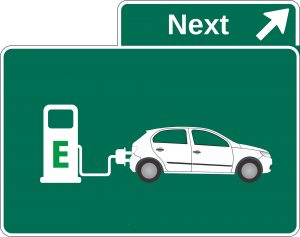 High-occupancy vehicle lane which is popularly known as HOV lanes is a traffic lane restricted and reserved for use by vehicles with a driver and one or more passengers. The minimum number of occupants is 2 to 3. In simple terms, the aim of this traffic lane is to get as many people off the road as possible to reduce traffic and air pollution.
High-occupancy vehicle lane which is popularly known as HOV lanes is a traffic lane restricted and reserved for use by vehicles with a driver and one or more passengers. The minimum number of occupants is 2 to 3. In simple terms, the aim of this traffic lane is to get as many people off the road as possible to reduce traffic and air pollution.
There are over 126 HOV facilities across the United States. These lanes are not as effective as intended on most days, but they remain in use. They do help to save time during traffic congestion.
The principles behind HOV lanes exempt certain cars from using them. These vehicles include motorcycles, law enforcement vehicles, charter buses, some low emission vehicles and single occupancy vehicles paying a toll. The vehicles allowed on high-occupancy vehicle lanes are battery electric vehicle (BEV), fuel cell vehicles (FCV), and carpool, vanpool, and transit buses.
Electric vehicles are becoming more popular by the day. In most jurisdictions, they are allowed on HOV lanes. The benefits of this for drivers are:
- Spend less time in traffic
Fuel run vehicles have the ability to withstand traffic congestion, but this is different for electric cars. The stop-and-go traffic routine would reduce the car’s batteries. Hence, it helps for electric car drivers to be included in the use of HOV lanes. - Promoting clean air and cars
It’s no secret that electric cars emit no harmful gases. They are unique for their contribution to clean air and clean cars. Using HOV lanes is a perfect way to advertise the concept of electric cars to others. It is an effective way of stating the importance of electric cars.
To use the High-occupancy vehicle lanes, electric vehicle owners have to get a permit from the Department of Motor Vehicles. They would be given a sticker which is usually placed on the rear bumpers and rear fenders.




